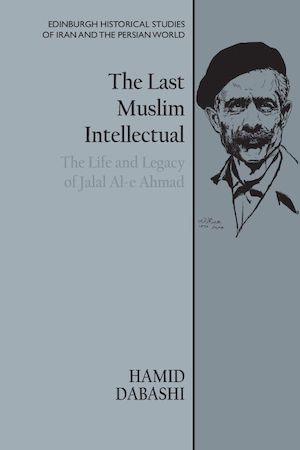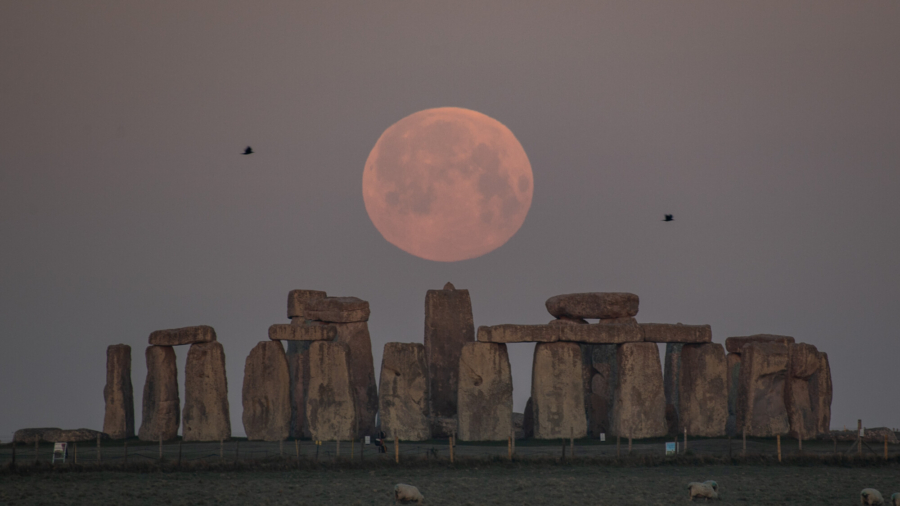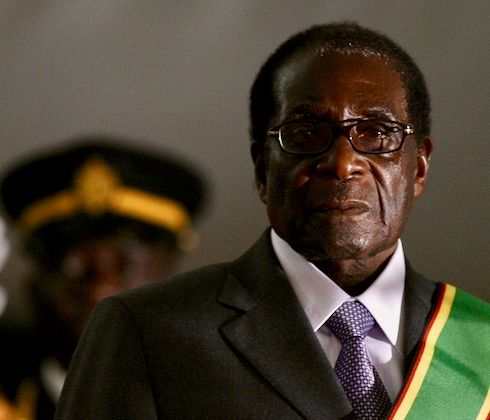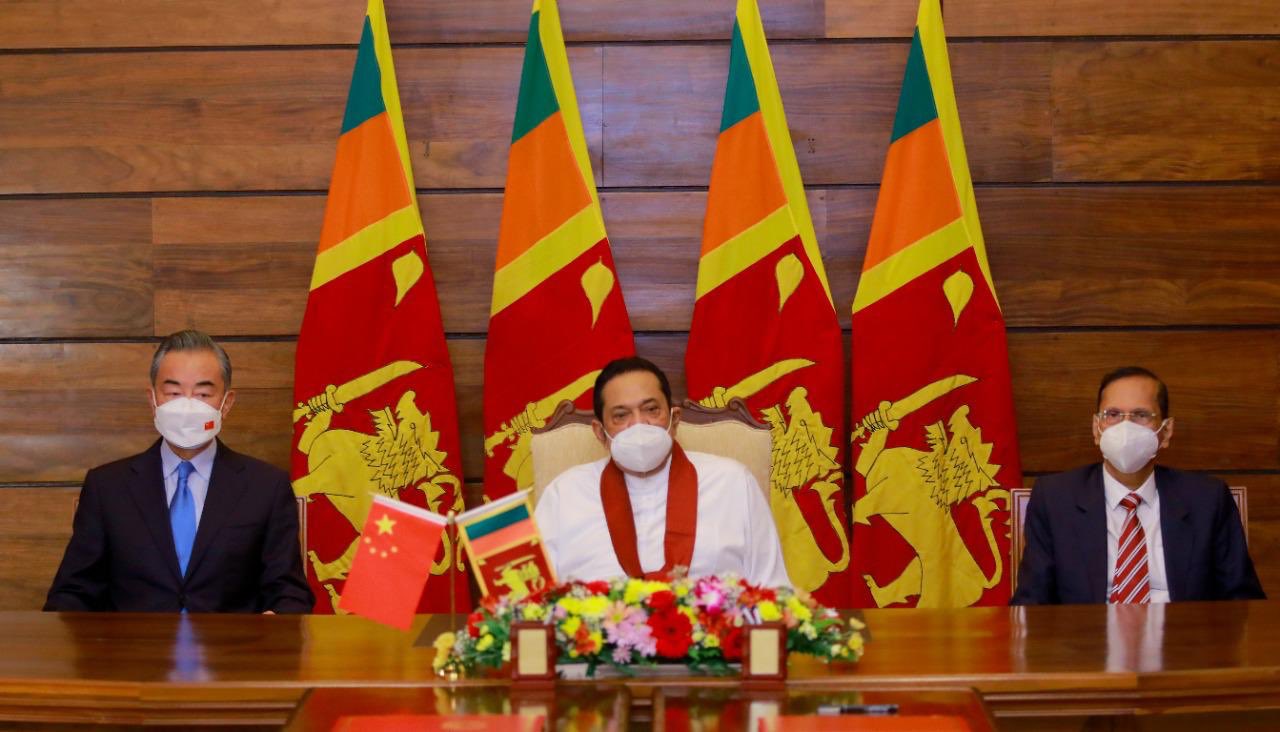
As Sri Lanka continues to grapple with its worst political and economic crisis in recent history, senior officials in Delhi express an interest in providing an additional $2 billion in aid whilst those in Beijing remain tight-lipped on assistance.
Discussions of aid follow announcements from Sri Lanka’s finance ministry and central bank that the country would no longer be able to pay its international debt obligations, effectively defaulting on US $51 billion of foreign debt. Sri Lanka citizens have responded to the dire economic crisis by taking to the streets and demanding an end to the Rajapaksa administration. Faced with growing public outcry and a string of resignations, the Rajapaksa administration holds a government with only four ministers.
Read more here: Plans for interim cabinet derailed by controversial appointment
Sino-Lanka relations
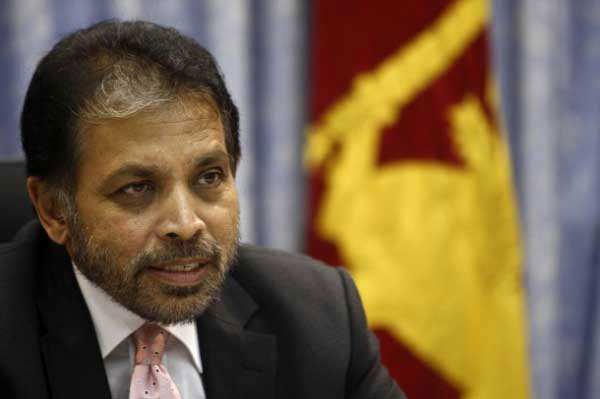
Reuters notes that one reason for India’s expanded offer of aid is to “regain ground lost to China in recent years”. Under the initial Mahinda presidency, Colombo fostered deeper ties with Beijing as it acquired diplomatic, financial, and military assistance to carry out the genocidal massacres of 2009. The following years would see the development of numerous projects, primarily located in the South, which utilised Chinese loans and labour. However, the Gotabaya presidency has seen growing tensions in Sino-Sri Lankan relations as poor economic management and a spate of public diplomatic rows have left Chinese officials wary of Sri Lanka’s credibility.
“Beijing has for the past couple of years been rethinking its external lending because their banks realised they were carrying a lot of debt with countries whose prospects of paying back were quite limited” Raffaello Pantucci, a senior fellow at the S. Rajaratnam School of International Studies at Nanyang Technological University told Bloomberg news.
Despite this frosty relationship, Sri Lanka’s ambassador to China, Palitha Kohona has maintained that he is very confident China will respond to their plea for $2.5 billion in financial support. Chinese officials have yet to respond to this request but Kohona claimed to have received reassurances, stating:
“Our request will be honoured, but they have to go through the Chinese system”. He did not provide any information on the terms of the assistance nor a timeframe for when this would be received.
Bloomberg further reports that in meetings with Jin Liqun, President of the China-backed Asian Infrastructure Investment Bank, Sri Lanka’s ambassador was advised to turn to the US-based International Monetary Fund.
The situation has not been helped by China’s own economic crisis as it has had to deal with the worst outbreaks of COVID since early 2020; shutting down the technology and financial hubs of Shanghai and Shenzhen.
Thus far, China has provided a $1.3-billion syndicated loan and a $1.5-billion yuan-denominated swap whilst there are ongoing negotiations for greater lines of credit and loans. In contrast, India has provided India has so far committed $1.9 billion to Sri Lanka in loans, credit lines, and currency swaps.
Muttukrishna Sarvananthan, a researcher at the Point Pedro Institute of Development in Sri Lanka, highlights that China’s ability to assist Sri Lanka is limited given that most financial assistance provided by Beijing is “almost always tied to specific projects”.
He further stresses that China is not alone in its hesitancy with “even the IMF appears to be moving very slowly -- if not abandoning -- the requests of both Pakistan and Sri Lanka for their assistance”.
“Which sane bilateral donor country or international financial institution would pour money into sinking ships in both Pakistan and Sri Lanka” he asks.
Indo-Lanka relations
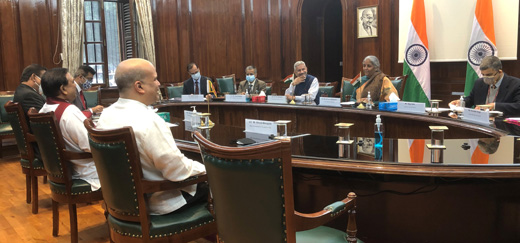
(Basil Rajapaksa with India's Finance Minister Nirmala Sitharaman and External Affairs Minister Subrahmanyam Jaishankar)
In contrast to China, India appears more willing to dole out assistance to Sri Lanka, with Reuters indicating that one reason is to regain sway over its neighbour.
"We want them to reduce their debt levels from China and we want to become stronger partners," New Delhi officials told Reuters.
.jpg)
Sri Lanka has an outstanding debt of about $3.5 billion with China - or 10.8% of the island's total. India’s attempt to leverage Sri Lanka away from China has also been bolstered by US officials who encouraged the Sri Lanka government to diversify its sources of credit and investment to salvage its economy.
In meetings with Sri Lanka’s then finance minister, Basil Rajapaksa, India pressed its demand to expand several projects in the Tamil homeland. During the UN Human Rights Council India further stressed the need for Sri Lanka to meet “the legitimate aspirations of the Tamil community” and implement “meaningful devolution” through the 13th Amendment.
However, these demands have been met with fierce resistance from Sri Lankan outlets such as the Sunday Times LK which accused India of “diplomatic blackmail”. In an editorial they claimed that whilst Sri Lanka is “gasping for economic oxygen”, India has kept urgent economic aid “as a carrot at the end of a list of conditions” Sri Lanka must meet.
Read more here and here.

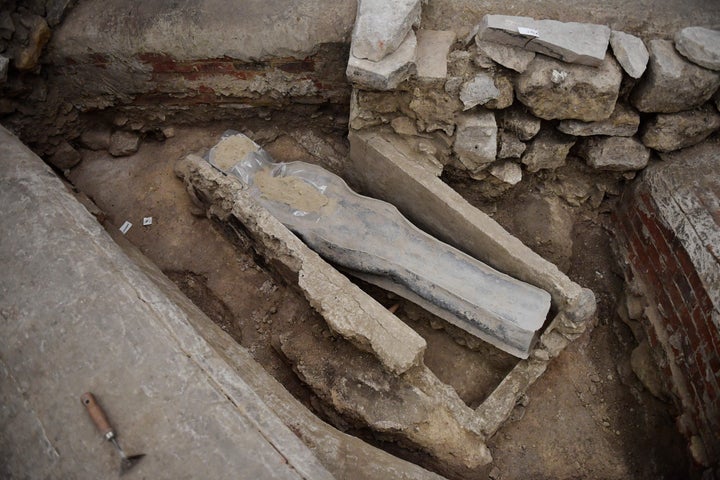
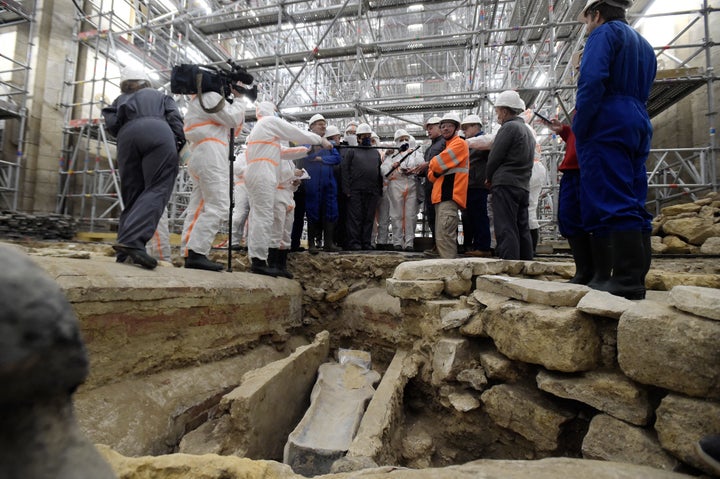
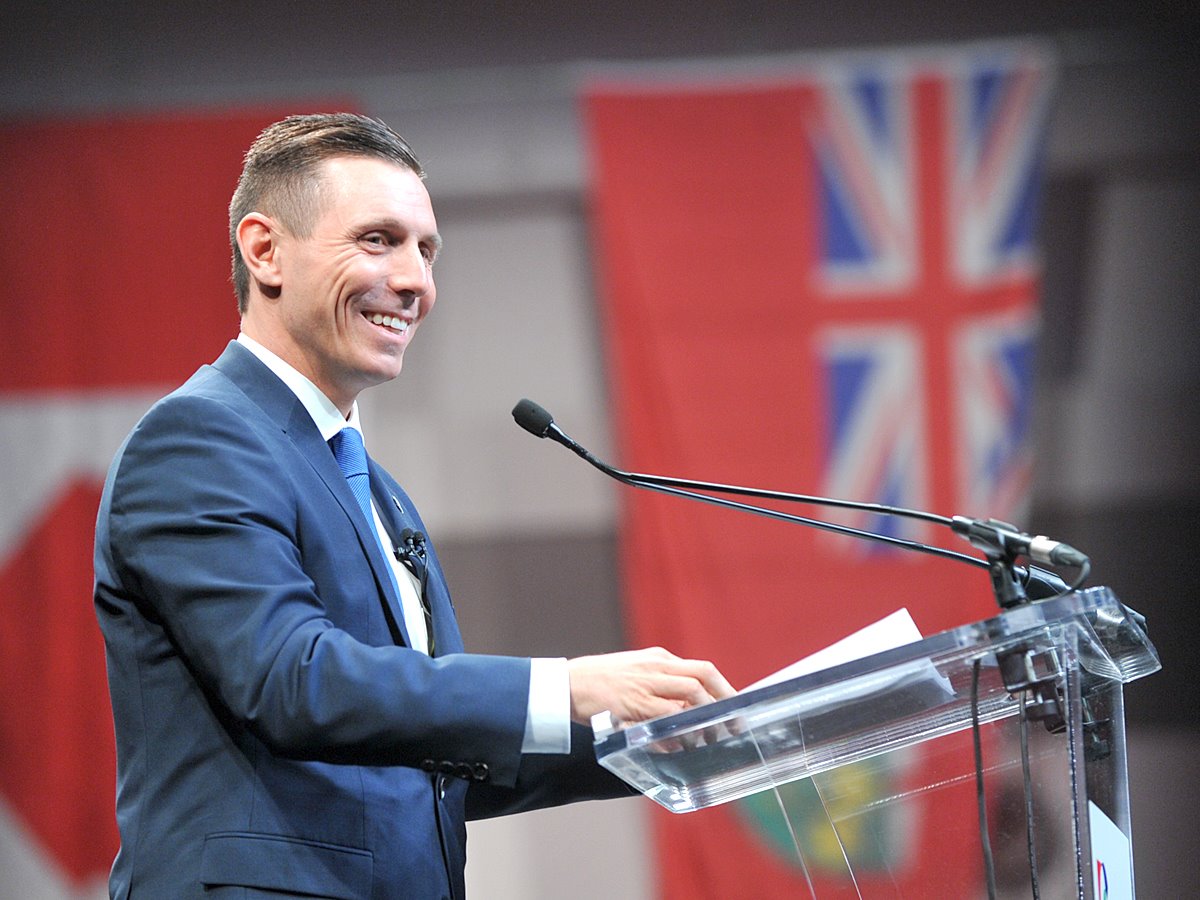




.jpg)



